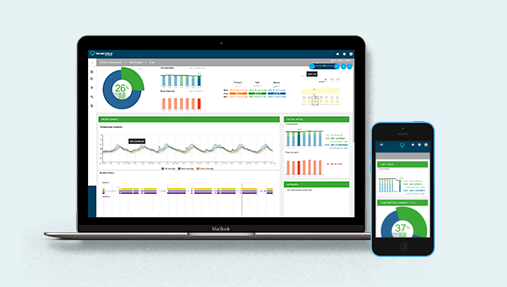
Supermarket Walk-In Freezer Energy Solutions
Profit margins in the grocery space are razor thin, and researchers at energystar.gov estimate that $1 in energy savings is equivalent to increasing sales by $59. Energy demands in U.S. supermarkets are massive, with refrigeration and lighting accounting for over 50% of total energy use. Each year, the average American supermarket consumes roughly 50 kilowatt-hours (kWh) of electricity, and 50 cubic feet of natural gas per square foot. This translates into average annual energy costs of $200,000, and the emission of 1,900 tons of CO2 into the atmosphere–the equivalent of 360 vehicles. Even small grocery stores have significant energy requirements as walk-in freezers experience severe heat infiltration during operating hours, necessitating the consumption of more power to keep foods at the desired temperature.
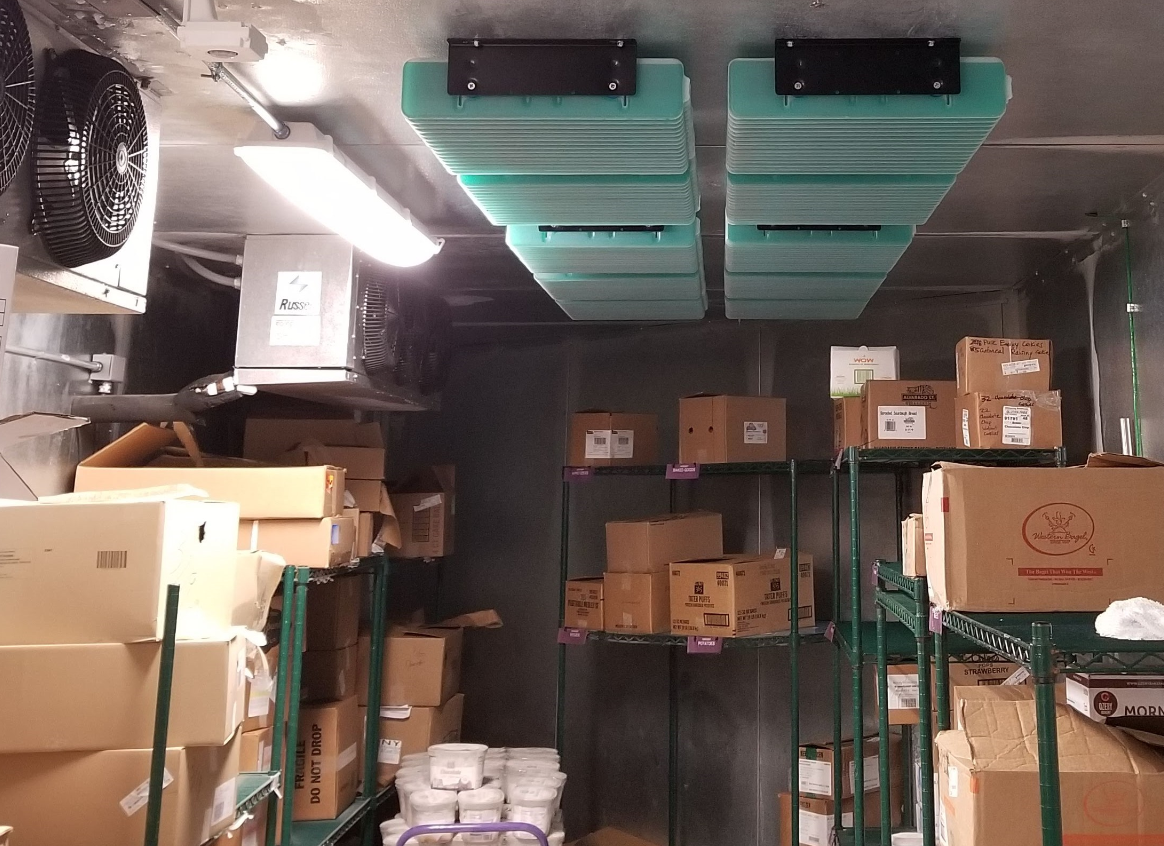
Thermal Energy Storage systems inside walk-in freezers (and distribution centers) improve temperature stability and reduce energy spend and the carbon footprints of grocery stores.
Learn how Thermal Energy Storage reduced load by 70% and improved temperature stability by 38% inside the freezer of an international grocery chain.
- Improve efficiency an average of 26%
- Shift load up to 13 hours to avoid demand and time-of-use charges
- Lower pricing through demand reduction
- Increases return on renewable energy investments by pairing them with efficient long-duration storage
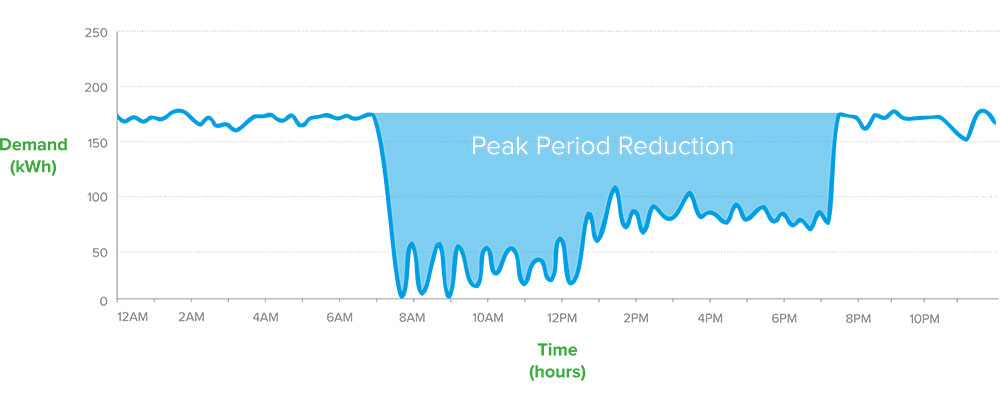

- Shift more run time to night
- Run compressors at maximum designed efficiency
- Absorb & consolidate up to 85% of heat in refrigeration air flow
- No moving parts that require additional energy
- PCM transfers heat 8X faster than food


- 3X longer temperture resiliency during power loss or equipment failure
- Absorbs and consolidates 50 to 85% of heat infiltration
- Reduces temperature stratification
- Reduces temperature fluctuations by half
- 24/7 remote monitoring & notification service
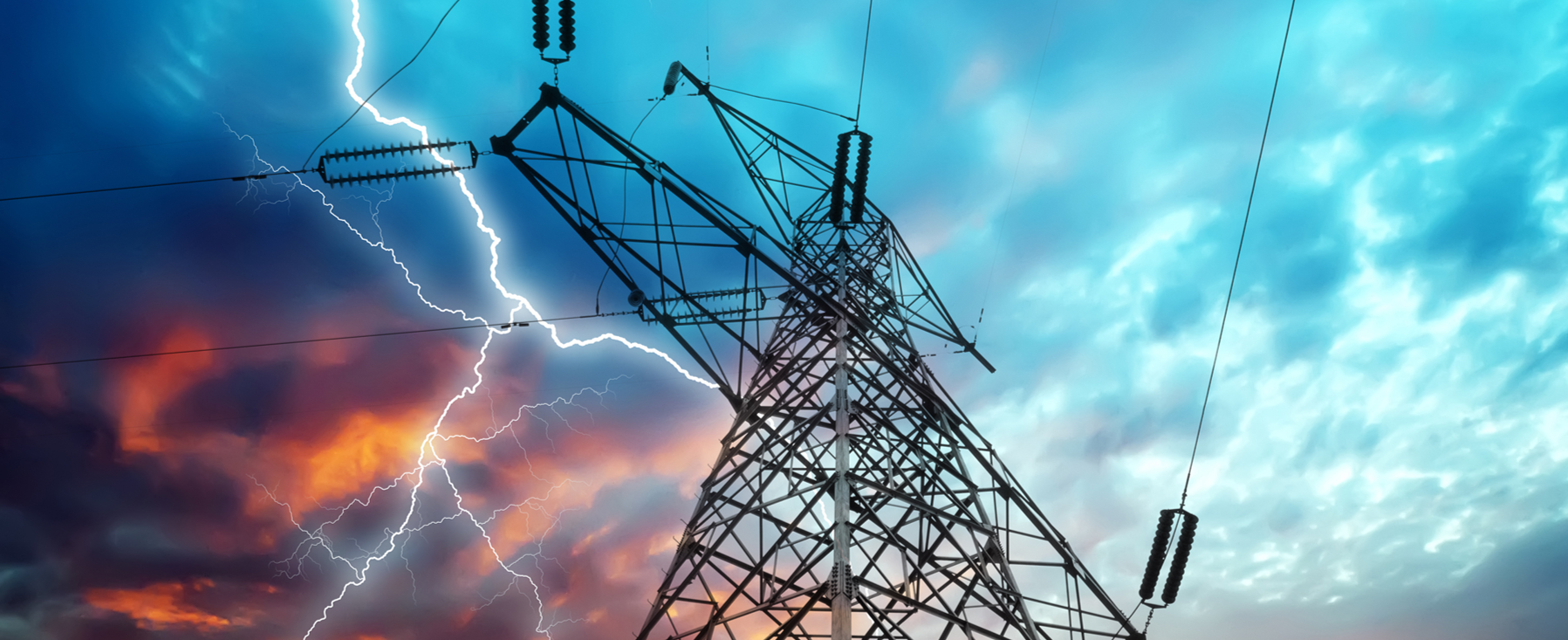

- Reduce refrigeration mechanical run time
- 24/7 monitoring & notification of equipment status
- Add component-level visibility with actionable data
- Reduce existing maintenance costs
- Uncover equipment issues before they become costly problems
- No additional maintenance required for TES
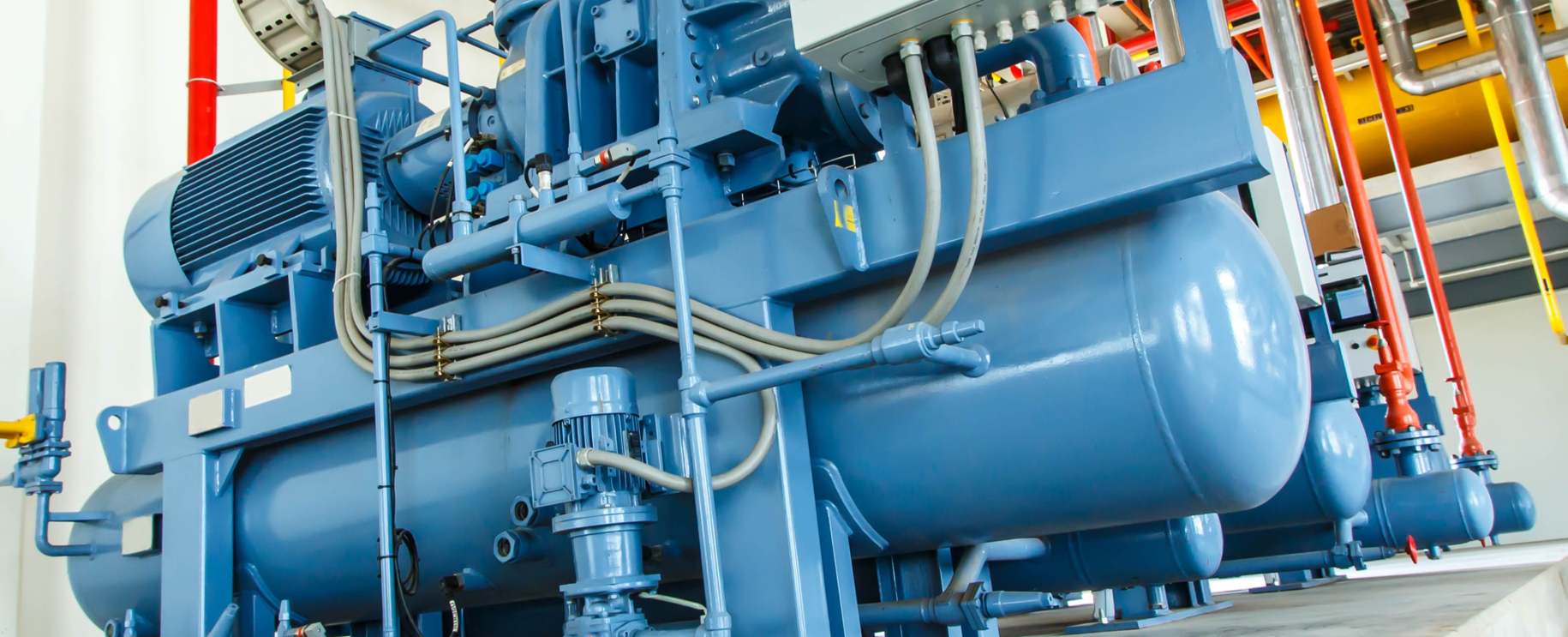

- More stable temperatures
- Minimize micro-thawing and large crystal formations in food
- Reporting & documentation for chain-of-cold verification
- 3X longer thermal back-up resiliency
- Reduces temperature stratification
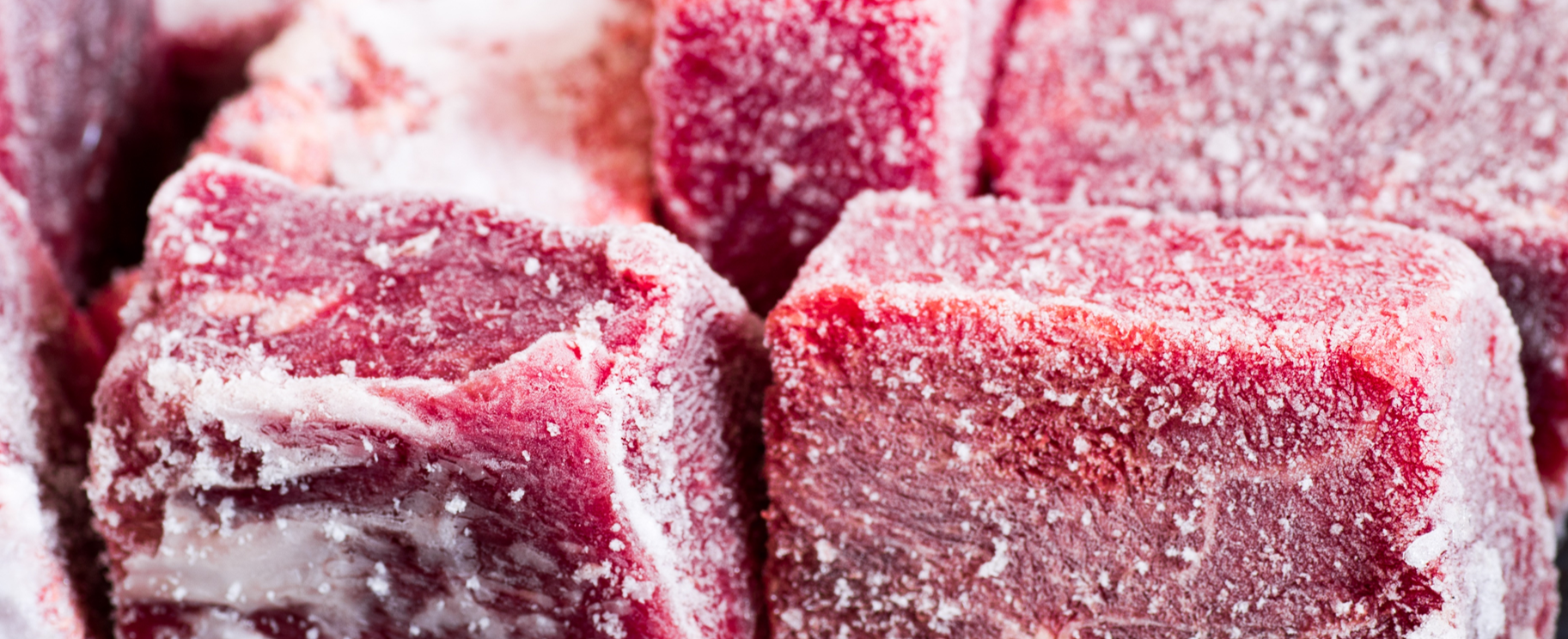

- TES-as-a-Service fixed monthly subscription
- No upfront capital cost
- Guaranteed energy savings
- Cash-flow positive from day one
- Monitoring and maintenance included
- Off balance sheet service agreement


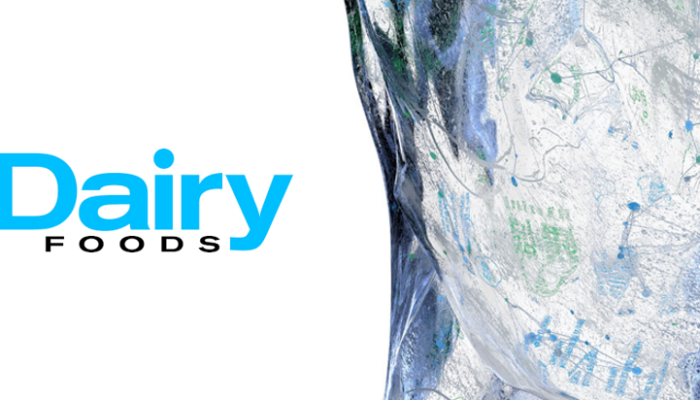

A recent article in Dairy Foods Magazine highlights the mechanization and automation trends in dairy food production facilities. Topics include materials-handling automation, software upgrades, refrigeration optimization, automated storage and retrieval systems (AS/RS), and how technologies will be integrated to maximize efficiency, traceability, transparency, storage density, optimal material flow, and to better manage warehouse labor in their operations. Viking Cold's VP of Sales & Marketing, Collin Coker, was interviewed along with other food production warehouse technology providers including LIDD, Tippman Group, Signode Industrial Group, Applied Net Solutions, Westfalia Technologies Inc., and Quest Industrial LLC.
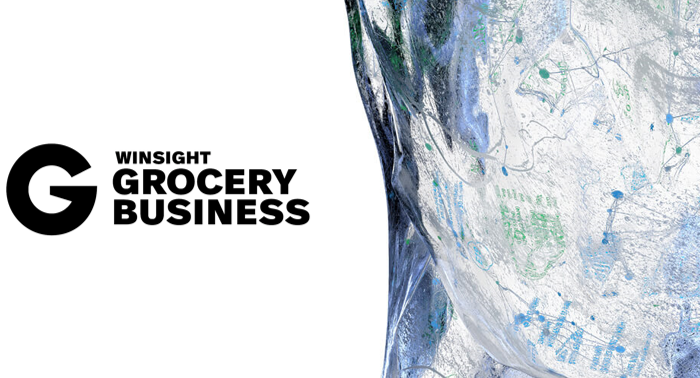

Winsight Grocery Busines editor, Christine LaFave Grace, discussed how grocery retailers are getting smarter about their cold storage assets with Viking Cold President & CEO, James Bell. Effects from the pandemic, digitalization, new technology advancements, and more are discussed. How is consumer behavior driving new store layouts and needs for additional refrigerated spaces that require temperature and energy optimization? How has sustainability been reprioritized since the start of the pandemic?
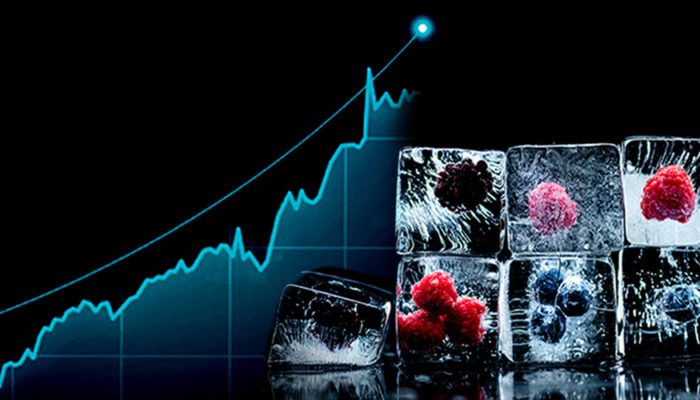

The coronavirus pandemic has greatly disrupted the U.S. food industry, resulting in significant changes in consumer behavior and an increased demand for industrial cold storage warehouse space. With quarantines still in effect around most of the country, consumers have been forced to eat at home more and either “panic-buy” large quantities of extra groceries and/or shift to more online orders more frequently. Additionally, because of its longer shelf-life and surge in available options, the frozen food category has seen significant growth in both online and in-person grocery purchases, forcing grocery and cold storage facilities to scramble to keep up. According to the American Frozen Food Institute (AFFI), seven in 10 frozen food shoppers have increased the amount of frozen food they’re buying since the start of the pandemic. Six months in, U.S. shoppers are continuing to stock up their freezers with frozen meals, meats, ice cream, and frozen novelties. Not only is the number of consumers purchasing frozen food growing, but many have also switched to ordering directly online from restaurants and foodservice distributors. The question is: How has this rapidly changing behavior affected the cold storage industry – an essential element of our supply chain dedicated to protecting, delivering, and handling temperature-controlled goods in the United States. Warehouse demand, in general, has been accelerating in recent years, largely due to the booming e-commerce industry. The world’s largest commercial real estate services and investment firm, Coldwell Banker Richard Ellis (CBRE), examined the relationship between e-commerce grocery growth and cold storage warehouse capacity in its 2019 “Food on Demand Series: Cold Storage Logistics Unpacked” report, forecasting that in order to meet the demand generated by online grocery sales, an additional 75 to 100 million sq. ft. of industrial freezer and cooler space will be needed within the next five years – an increase of roughly 47%. CBRE researchers also suggest that much of the cold-storage sector’s growth is likely to occur in gateway markets like Los Angeles and the New York area, as well as in top food-producing states such as California, Texas, Wisconsin, Florida, and Washington state. As the pandemic persists, cold storage facilities are at record high capacity and struggling to keep up with the continuous demand. Cold storage facilities typically fall into the categories of public refrigerated warehouses (PRWs), foodservice and wholesale, grocery distribution centers and retail stores, and food processing facilities. Due to changing demand, PRWs have been forced to provide smaller, more frequent orders. National food industry news source, The Food Institute, stated that “Instead of supplying a full pallet of a single product to a warehouse, PRWs are now delivering a pallet with multiple products directly to the store. These small orders increase labor requirements and change transportation options drastically.” Many expect major PRWs to accelerate the industry’s consolidation trend in order to gain more control over the United States’ cold storage footprint. It is also expected that to address the changing market, cold storage facility operators will be proactively upgrading their warehouses with new technologies to improve operational efficiency and flexibility. Warehouse upgrades that are seeing a surge in popularity include technologies such as Viking Cold Solutions thermal energy storage (TES), warehouse management systems (WMS), and material handling automation and robotic systems. The intelligence platform of Viking Cold’s TES system not only optimizes temperatures and energy use, but provides valuable, actionable data that allows operators to make operational improvements. Additionally, there has been a growing interest in sustainable, carbon-reducing technologies. Viking Cold’s thermal energy storage systems also address these needs by increasing refrigeration energy efficiency an average of 26% while better protecting food and improving temperature resiliency. By absorbing and consolidating up to 85% of the heat infiltration, TES also allows refrigeration systems to be safely cycled off for up to 13 hours each day to avoid demand or time-of-use energy fees, while maintaining stable temperatures. The technology leverages existing refrigeration systems and easily integrates with controls, other data platforms, and racking structures to bring efficiency, flexibility, and additional food protection to the frozen food chain. The COVID-19 pandemic has accelerated changes in consumer behavior, implementation of technology, and broad market trends in the food industry. The entire distribution chain from food processors to logistics companies to retailers is under added pressure to make improvements to stay profitable and keep food on our tables. The future remains unclear but enabling technologies like Viking Cold’s TES are helping the food and beverage industry feed our families by improving operations, cutting costs, and lowering the GHG emissions of refrigeration.
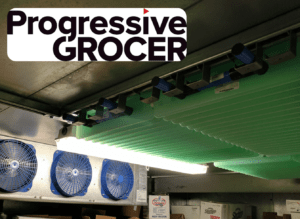

Progressive Grocer has published an article outlining the not-to-distant future of sustainable grocery store refrigeration. Numerous technologies from companies like Viking Cold, Emerson, Honeywell, and CoolSys are referenced as the key to what is rapidly becoming the new normal in grocery stores: improved refrigeration sustainability.
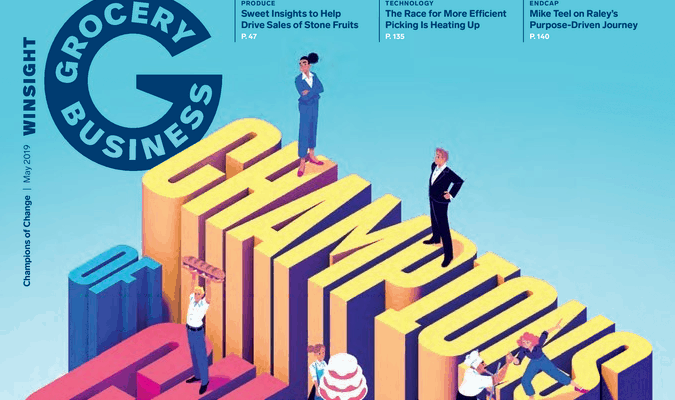

Grocery Business recently published an interview with Viking Cold's VP of Sales & Marketing, Collin Coker as part of their 2019 Equipment & Design Annual Report. The Annual Report is a comprehensive guide to help retailers create efficient, productive, tech-enabled stores. Coker outlines how Thermal Energy Storage adds efficiency to refrigeration, how our system's thermal mass is different from the thermal mass of the food, and other benefits beyond saving energy.


An article on the Grocery Business website describes the importance of understanding multiple categories of sustainability standards and why each Scope 1, Scope 2, and Scope 3 emissions goals are important for grocers to remain competitive. Learn more about the expectations of customers, competitors, investors, and even CPG brands for grocers to improve their sustainability.
